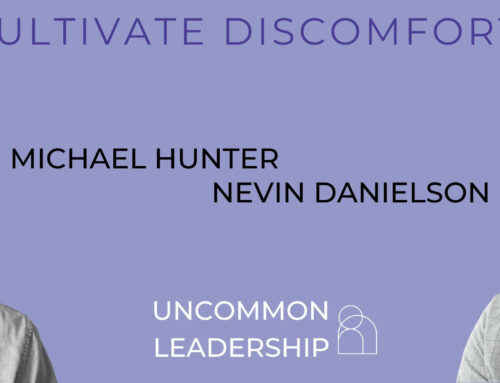Finding a successor is only the start
As you look to transition away from the business, the journey is not only about finding someone to fill a position; it’s about securing the legacy you’ve built, ensuring that the soul of your business endures, flourishes, and evolves under capable leadership long after your tenure.
The deliberate effort to groom and prepare a business successor is as crucial as the selection process itself. It’s about nurturing their understanding of the business landscape, fostering leadership skills, and imparting the wisdom accumulated through years of experience.
We can prepare a a checklist of areas of knowledge and experience worth sharing. Here’s an example.
Before the checklist, however, the real value is in the mindset and principles in how you share. Embracing the challenge of transferring your most essential skills and knowldge is the hardest part.
Why is it hard to do?
Because the business goes on. This challenge isn’t about running the business. It’s about transferring the more essential parts of you. You’ve spent years managing, performing, solving and delivering. The business is still relying on your “steady hand” while you’re also looking to set up your successor for continued growth and success. That’s a new skillset. It’s a new habit and a new mindset.
This is likely a good time to acknowledge the ideal solution – find a successor that picks up your knowledge, style, and intuition, seemingly by magic or osmosis. If you have them, congratulations. Those unicorns are hard to come by.
Changing your approach
If you’re not in that enviable position, or even if you are but don’t want to leave it to chance, here are practices to prioritize.
- Consistent Attention: Committing regular and focused time to impart knowledge is essential. It’s not a one-time event but an ongoing process that demands consistent attention and dedication.
- Openness and Transparency: Embrace a mindset of transparency. Be willing to expose more of your thinking process, decisions, and rationale behind them. Encourage an open dialogue to facilitate deeper understanding.
- Reflective Questioning: Constantly challenge yourself with the question, “What do I know that they don’t know?” This mindset shift drives the exploration of untapped knowledge areas, ensuring comprehensive knowledge transfer.
- Patience and Empathy: Transitioning knowledge takes time. Be patient and empathetic, understanding that some concepts might take longer to grasp. Foster an environment where questions are encouraged and mistakes are seen as learning opportunities.
- Mentorship Mentality: Adopt the mindset of a mentor rather than just a teacher. Encourage critical thinking, problem-solving, and decision-making by allowing successors to navigate scenarios themselves, while providing guidance and support.
- Long-Term Perspective: Maintain a long-term view of the knowledge transfer process. Understand that the benefits of effective succession planning and knowledge transfer will only manifest over time.
Creating an environment that fosters this kind of learning and transiton isn’t something that simply happens overnight; it’s a deliberate effort that involves establishing routines and practices within a business. These behaviors, vital for sustained success and legacy, are challenging to institute solely through force of will. However, by instituting routines and practices aligned with these principles, you can embed them into the very fabric of your organization.




